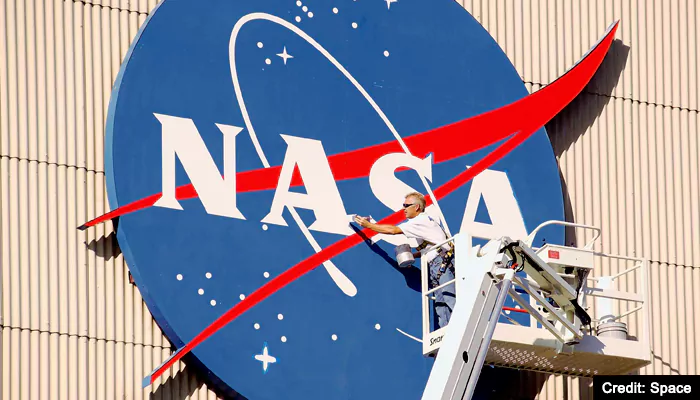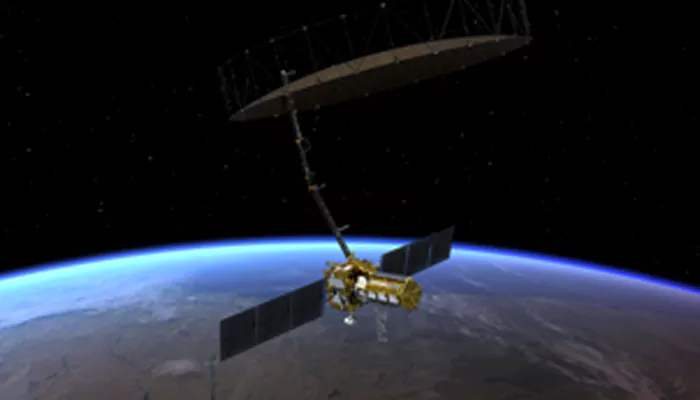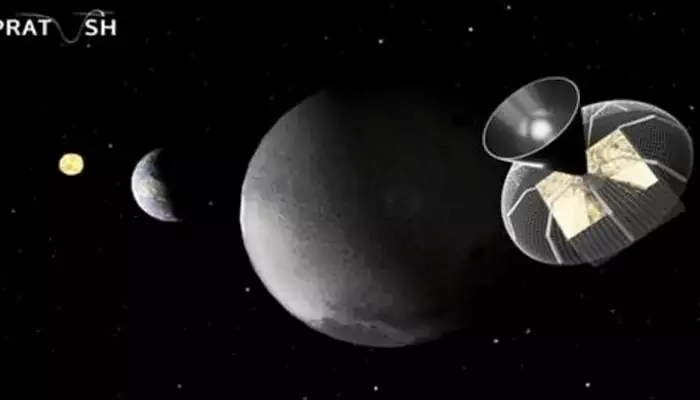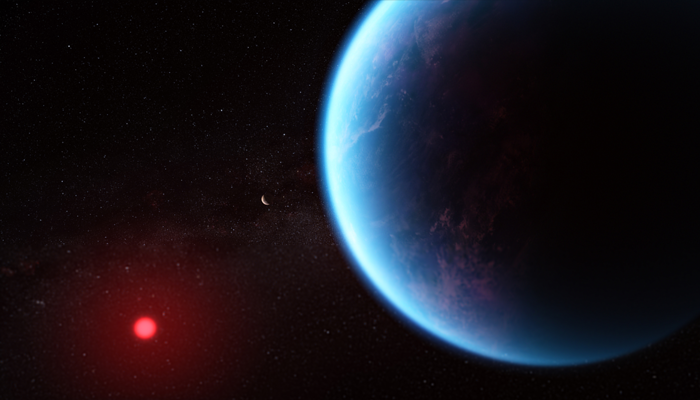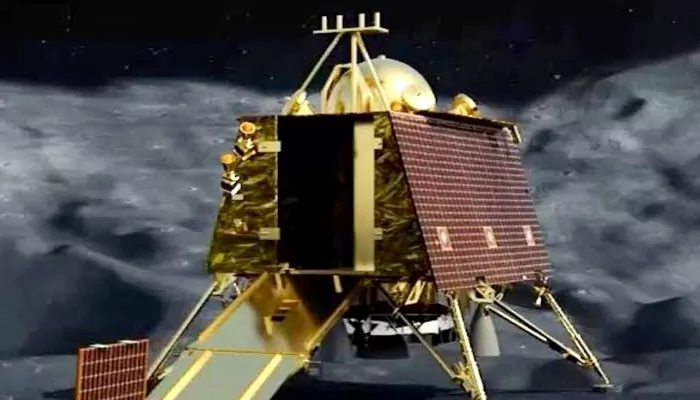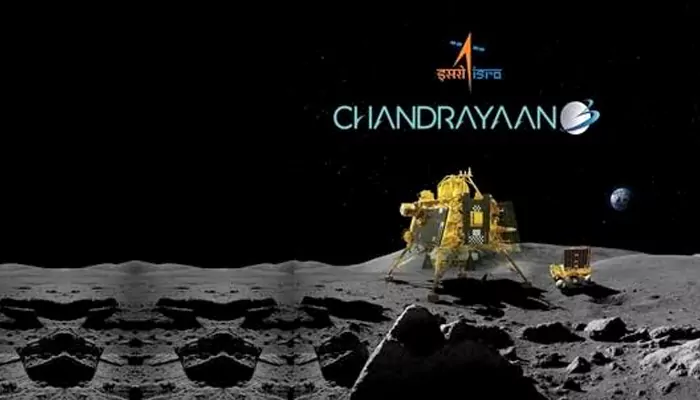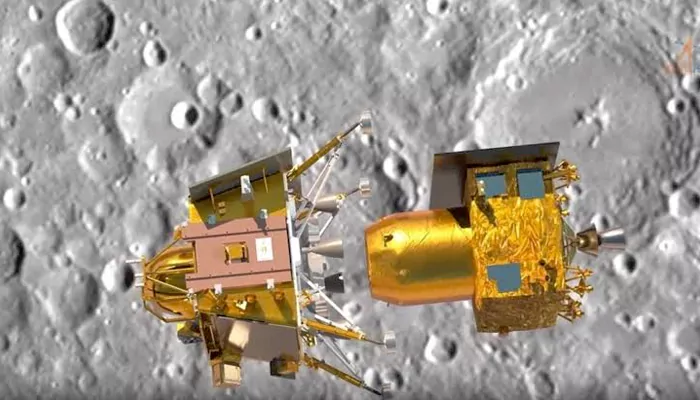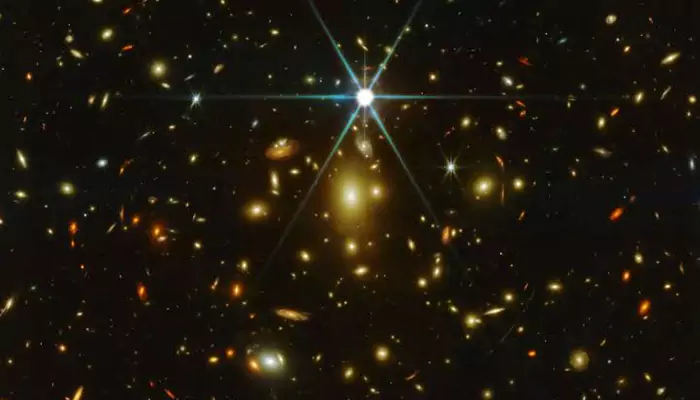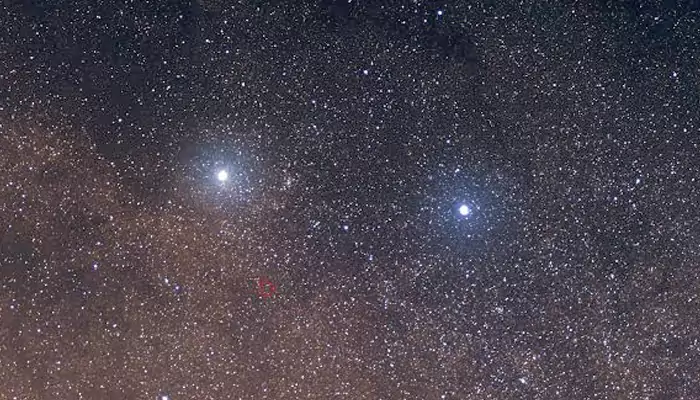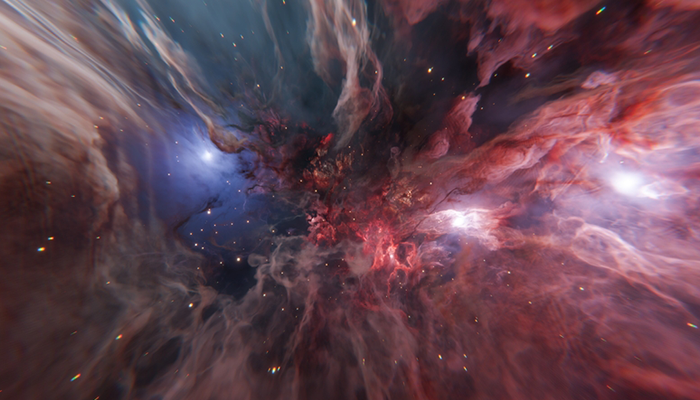When The Sun Sneezes: How Space Weather Affects Our Planet
- Ishani Karmakar
- 1 year ago
- 4 minutes read

Imagine waking up one morning to find your GPS not working, your smartphone unable to connect, and the power flickering on and off.
While this sounds like the beginning of a sci-fi movie, it’s a scenario that could occur when the Sun decides to "sneeze." This sneeze, known in scientific terms as a solar flare or coronal mass ejection (CME), is part of what scientists call "space weather." But what exactly is space weather, and how does it affect life on Earth? Let’s dive into the fascinating world of solar activity and its impact on our planet.
Understanding Space Weather
Space weather refers to the environmental conditions in space as influenced by the Sun’s activity. Just as Earth's weather is driven by the atmosphere, space weather is driven by the Sun. The Sun constantly emits a stream of charged particles known as the solar wind, which interacts with Earth’s magnetic field. While this solar wind is usually gentle, at times, the Sun can unleash powerful bursts of energy, including solar flares and CMEs.
Solar flares are sudden, intense bursts of radiation that can last from minutes to hours. They emit energy across the entire electromagnetic spectrum, from radio waves to X-rays and gamma rays. On the other hand, CMEs are massive clouds of solar plasma and magnetic fields that are hurled into space at high speeds. When these energetic particles collide with Earth’s magnetic field, they can cause geomagnetic storms, which are the space weather equivalent of a thunderstorm on Earth.
The Impact on Earth’s Technology
When the Sun sneezes, the effects can be felt across our planet, particularly in the realm of technology. One of the most immediate and noticeable impacts is on satellite operations. Satellites are crucial for communication, navigation, weather forecasting, and military operations. During intense solar activity, satellites can be bombarded with charged particles, which can damage their electronics, disrupt their orbits, and degrade the accuracy of the data they provide.
GPS systems, which are used in everything from smartphones to airplanes, can also be affected by solar activity. Solar flares can cause increased ionization in the Earth's ionosphere, a layer of the atmosphere that reflects and modifies radio waves. This can lead to errors in GPS signals, making it difficult to pinpoint locations accurately. For industries that rely on precise navigation, such as aviation and maritime operations, these disruptions can be particularly problematic.
Power grids are another vulnerable area. Geomagnetic storms can induce electric currents in power lines, transformers, and other electrical equipment. These currents can overload systems, leading to power outages and even damage to critical infrastructure. The most famous example of this occurred in 1989 when a geomagnetic storm caused a major power outage in Quebec, Canada, leaving millions without electricity for several hours.
Effects on Human Health and Safety
While space weather primarily affects technology, it can also have implications for human health and safety. Astronauts and airline passengers are particularly vulnerable to the increased radiation levels that occur during solar flares and CMEs. Astronauts aboard the International Space Station (ISS) are exposed to higher doses of radiation during solar storms. To mitigate this, space agencies monitor space weather closely and take precautions, such as adjusting the ISS’s orbit or delaying spacewalks during periods of high solar activity.
For airline passengers and crew, particularly those flying at high altitudes and near the poles, there’s also an increased risk of radiation exposure during solar storms.
The Beauty of the Aurora
Not all effects of space weather are negative, however. One of the most spectacular and visible outcomes of solar activity is the aurora, also known as the Northern and Southern Lights. When charged particles from the Sun collide with atoms in Earth's atmosphere, they create stunning displays of light in the polar regions. These natural light shows have fascinated humans for centuries and continue to be a source of wonder and inspiration.
Space weather, though invisible and often unnoticed by most, plays a significant role in our modern world. By understanding how solar activity affects Earth, we can better prepare for the challenges and embrace the wonders that come with living in the Sun’s dynamic neighbourhood. So the next time you see a spectacular aurora or experience a brief GPS glitch, remember—it might just be the Sun’s way of reminding us of its powerful presence in our lives.

